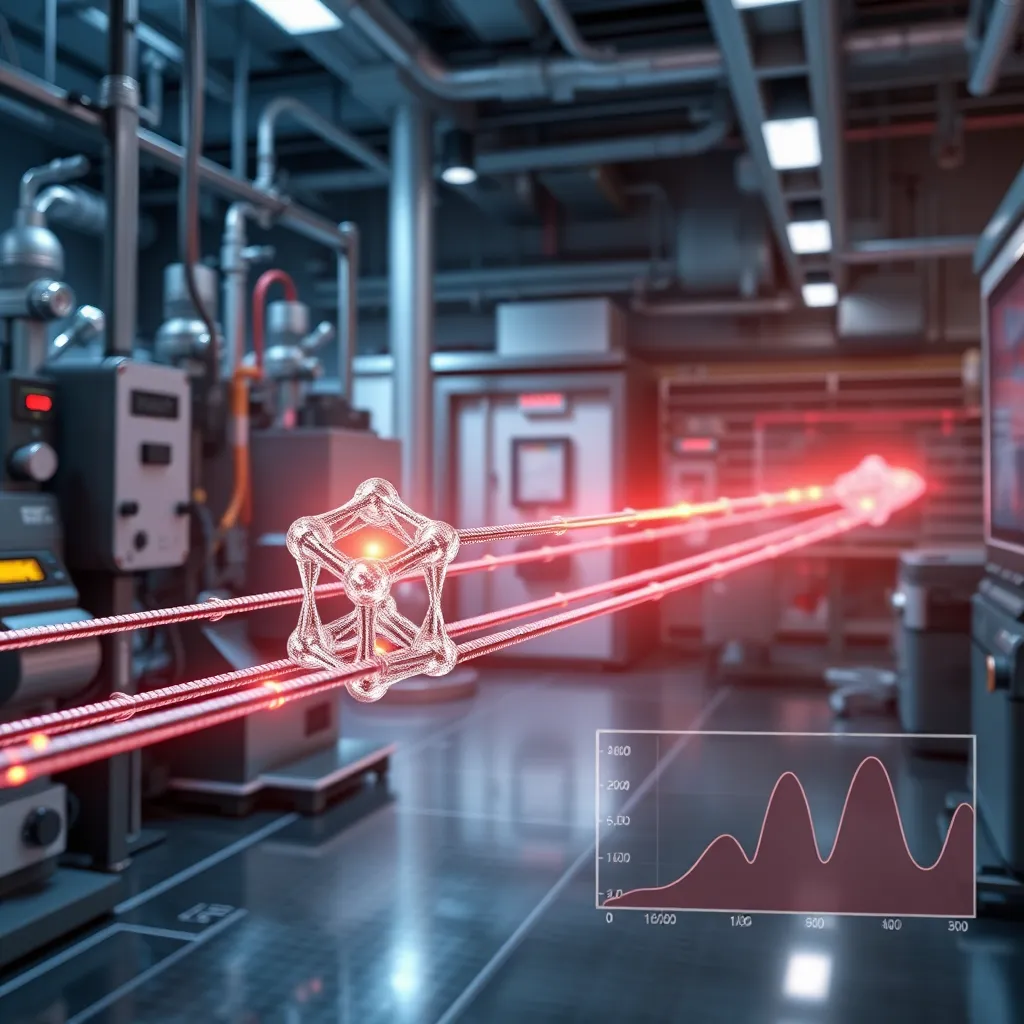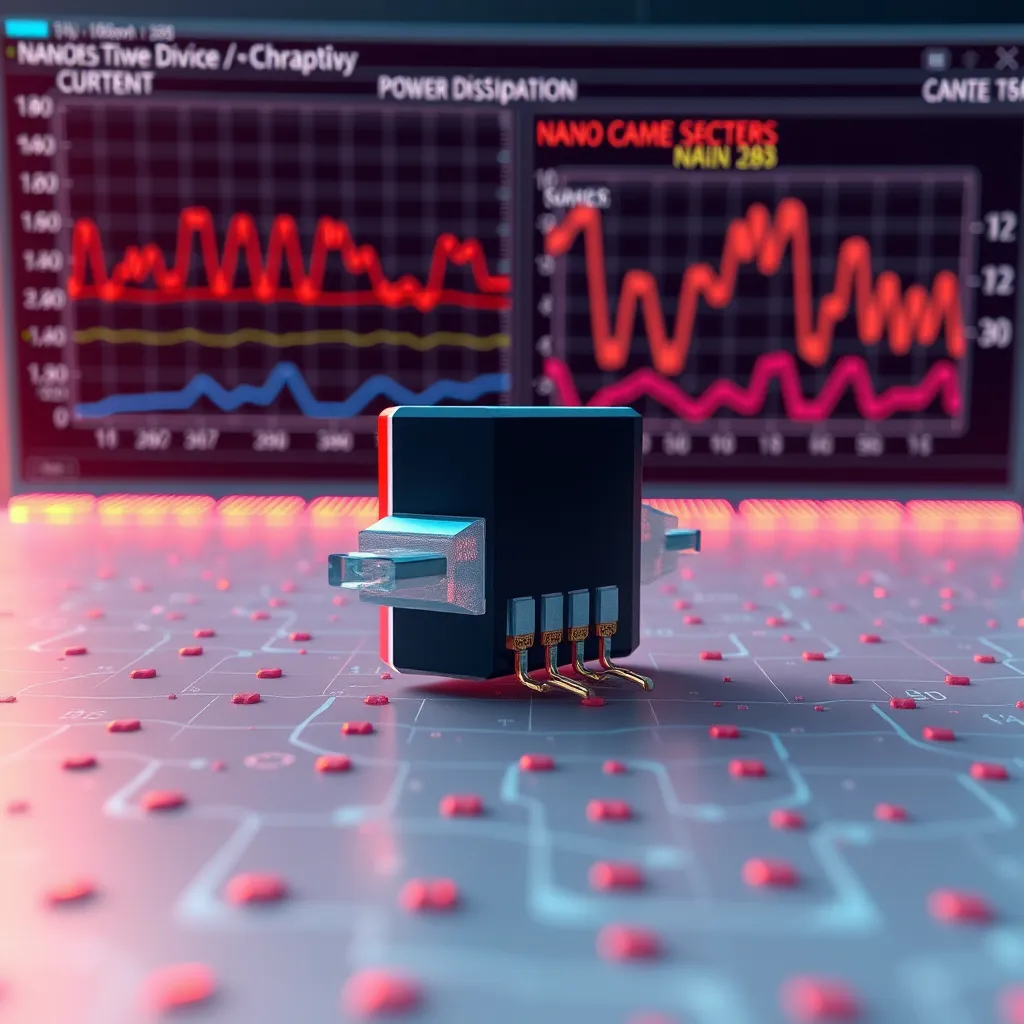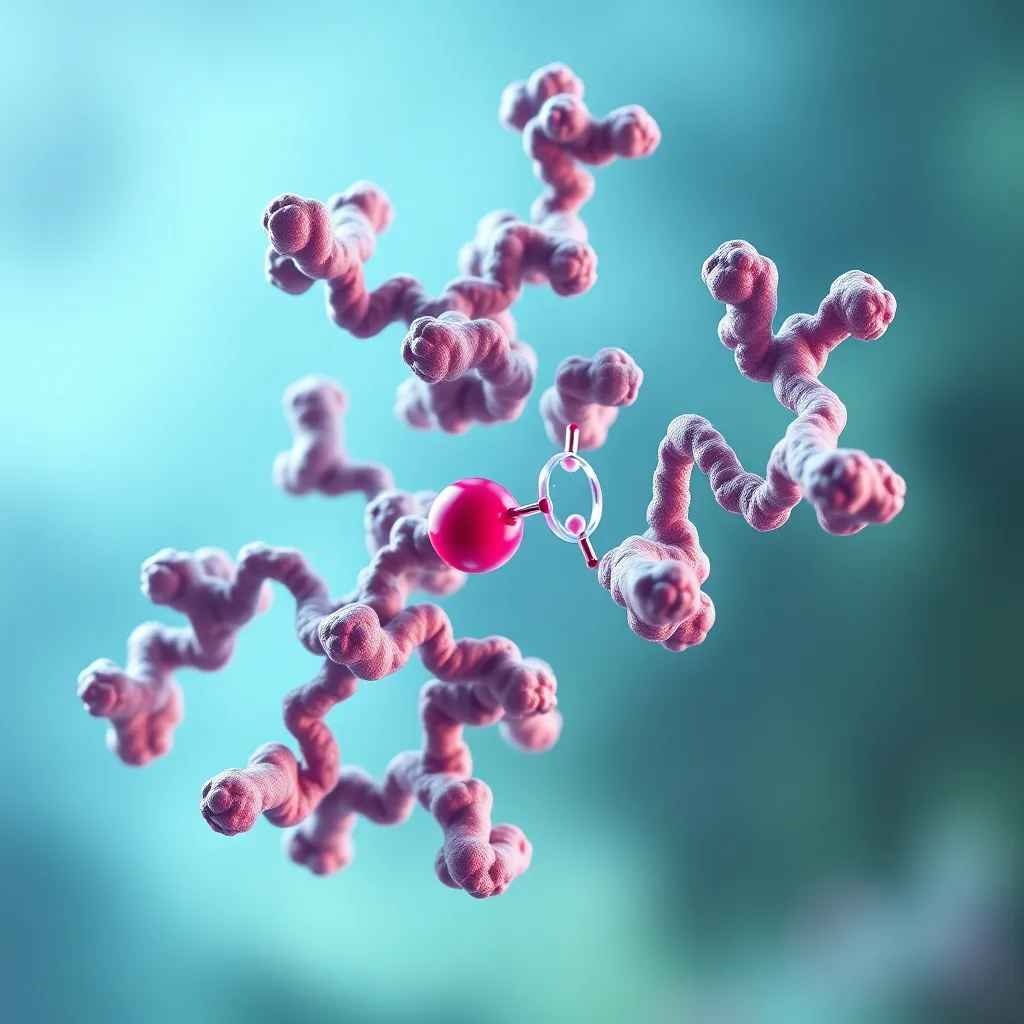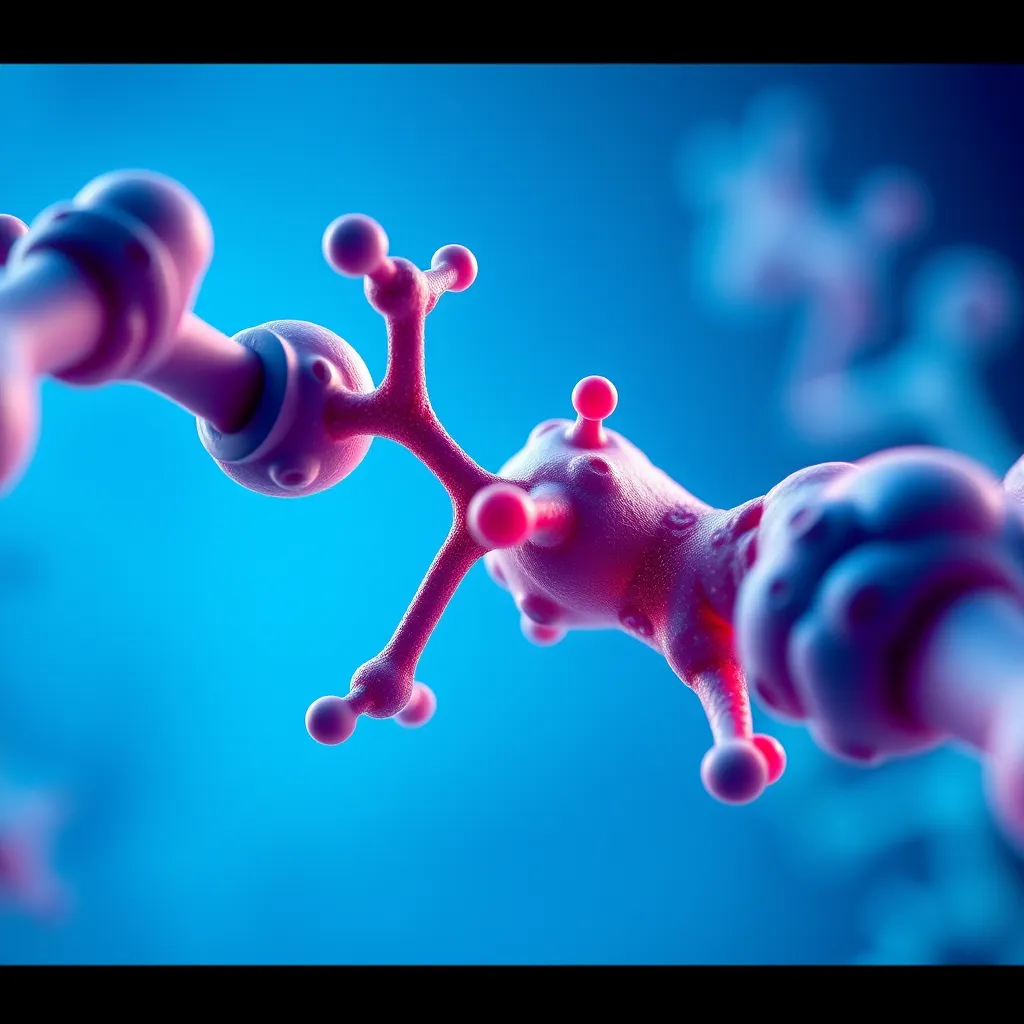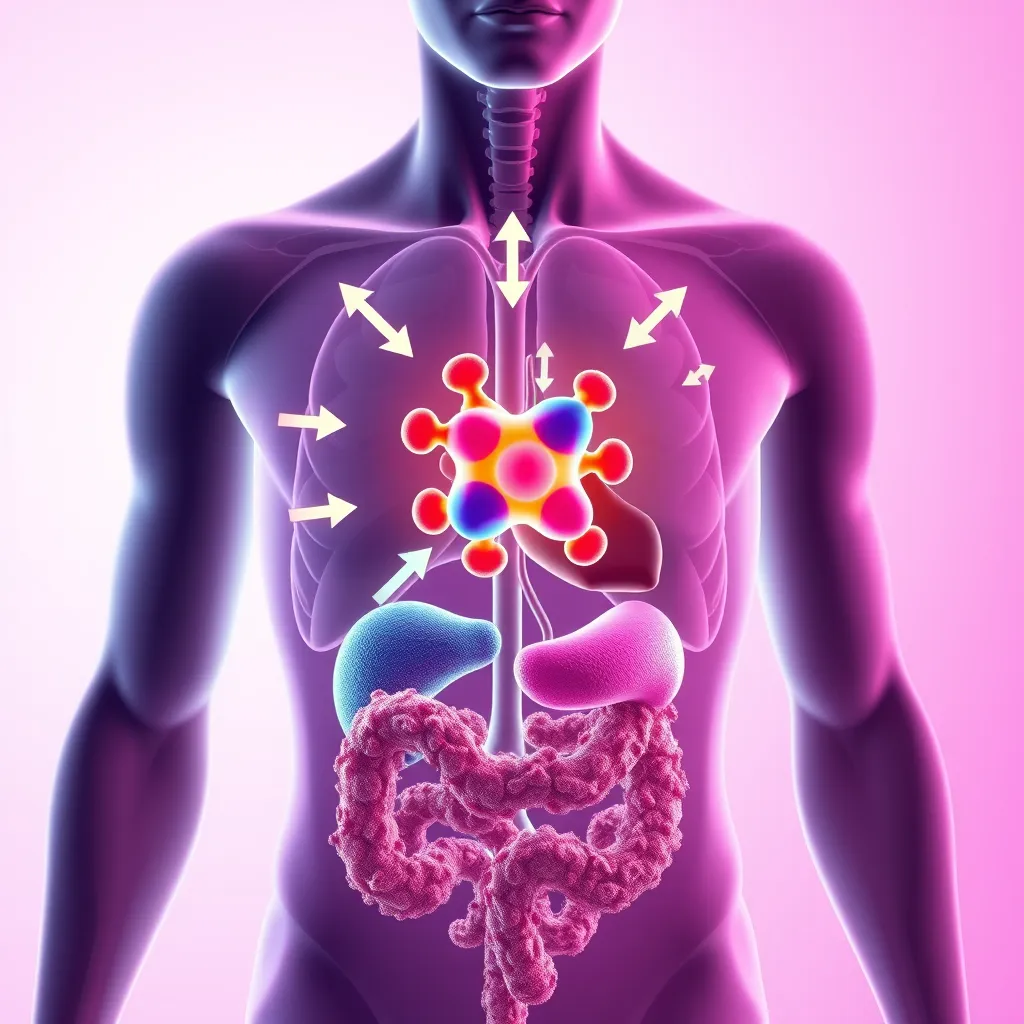Computational Modeling Laboratory:
Expertise in Cutting-Edge Research
From theoretical modeling to drug design, LaModel provides comprehensive solutions for your nanotechnology needs.
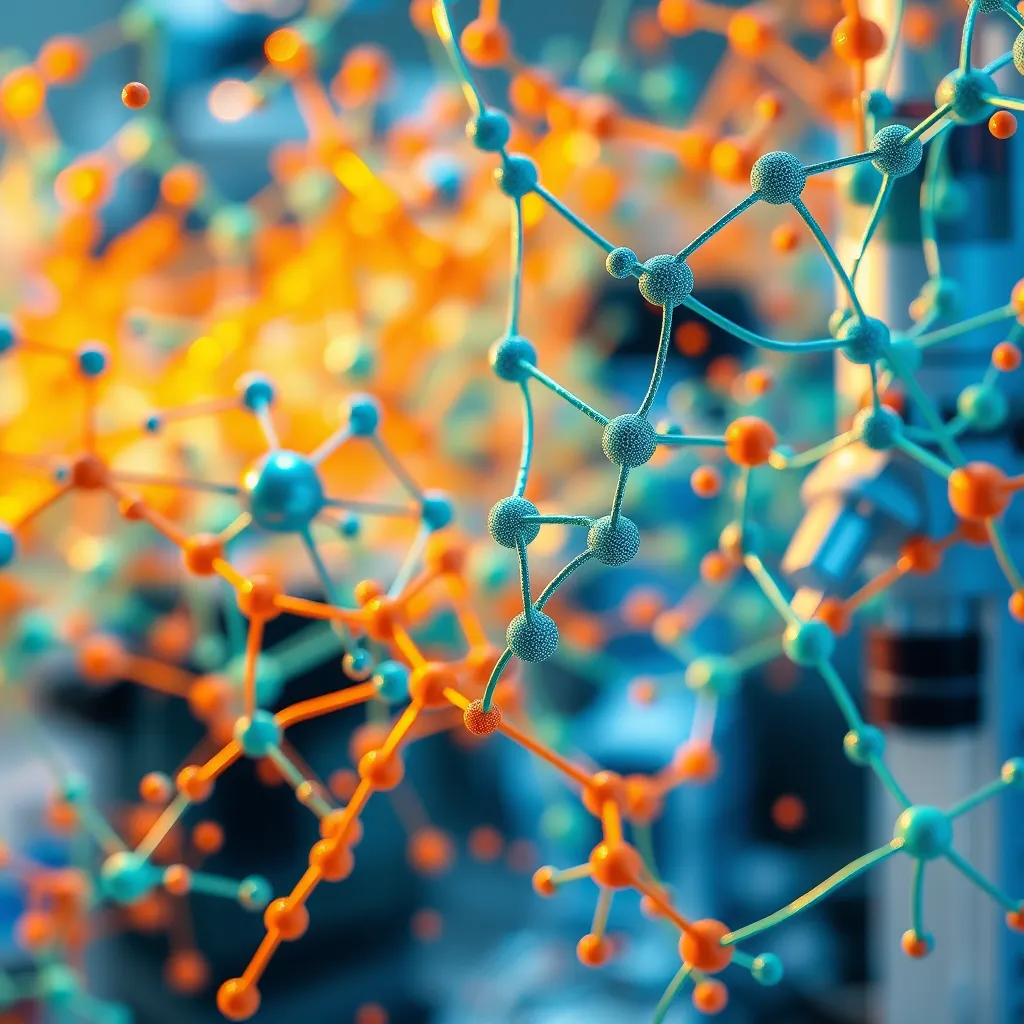
LaModel is dedicated to cutting-edge research in the field of nanomaterials and molecular systems. Our expertise spans thermal, electrical, and electronic properties of nanostructures, alongside molecular modeling of organic and inorganic compounds. We focus on drug discovery, molecular docking, and polymorphism studies for pharmaceutical solids.

Polymorphism in Pharmaceuticals: Understanding Crystal Structures and Their Impact
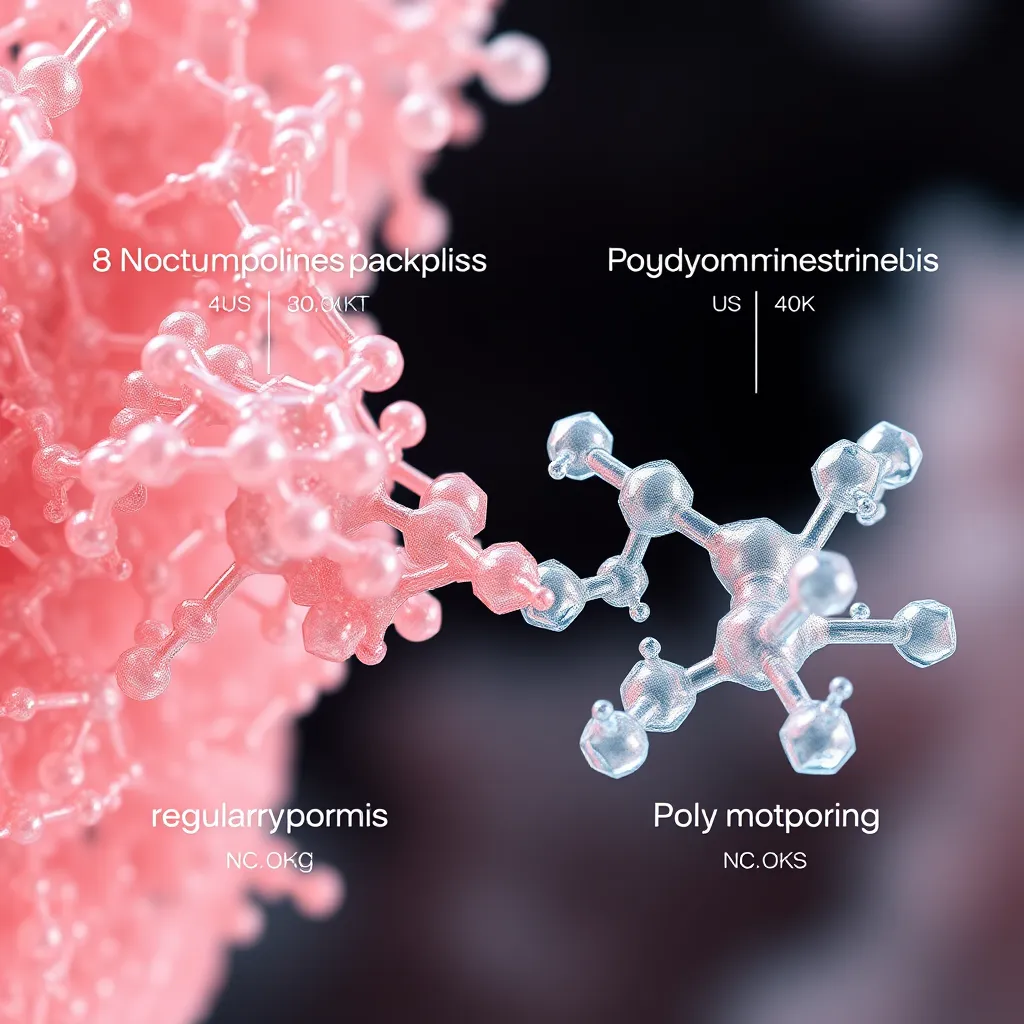
Crystal Packing Variations
Polymorphism refers to the ability of a substance to exist in multiple crystalline forms with different arrangements of molecules in the solid state. These variations in packing can significantly impact physical properties like solubility, melting point, and bioavailability.
Impact on Bioavailability and Dissolution
Different polymorphs can exhibit varying rates of dissolution, affecting how quickly the drug is absorbed into the bloodstream. This can influence the effectiveness and duration of the drug's action.
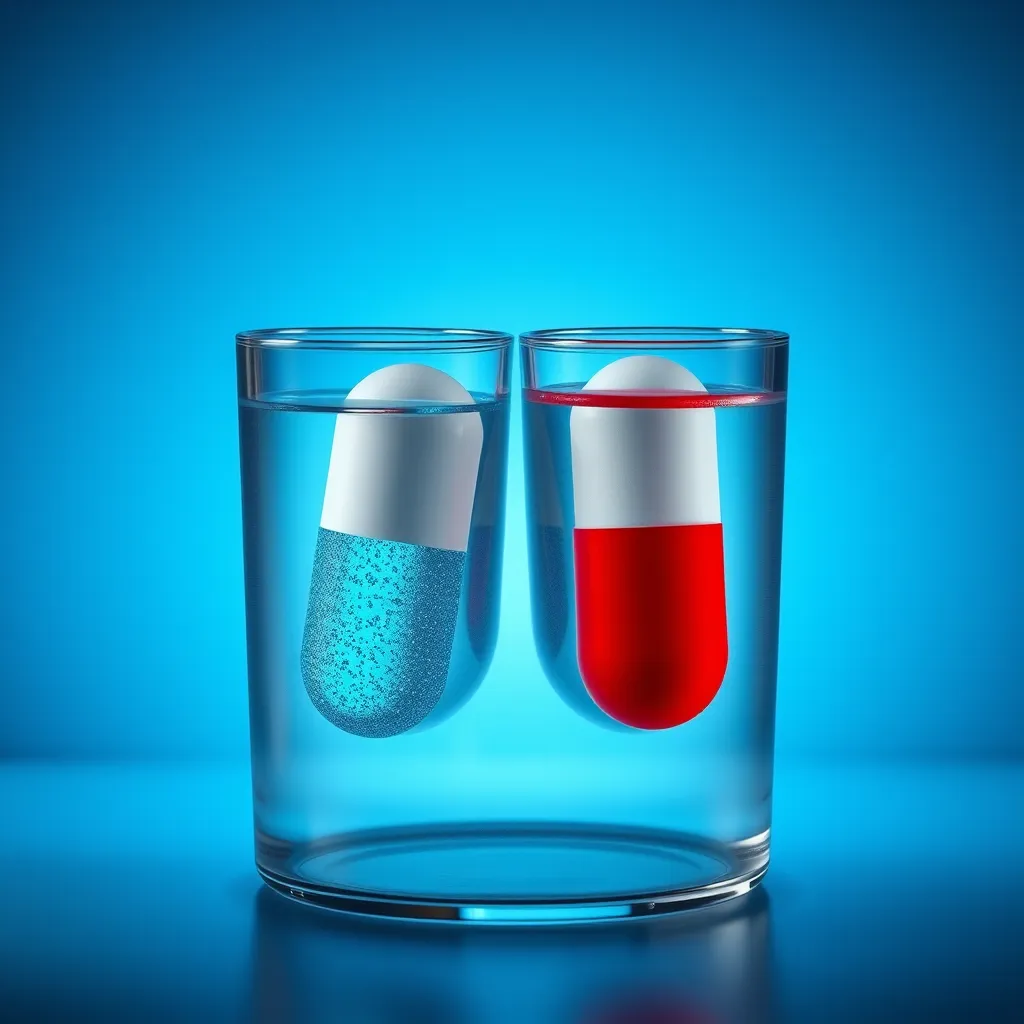

Developing Control Over Polymorphism
Understanding and controlling polymorphism is crucial for pharmaceutical development. Techniques like crystallization, milling, and thermal processing can be employed to manipulate crystal structure and ensure desired properties for consistent drug delivery and performance.
Contact:
Email: icamps @ unifal-mg.edu.br
Departamento de Física. Universidade Federal de Alfenas
Tel. +55 (35) 3701-1963/1969
Fax. +55 (35) 3701-9260
Av. Jovino Fernandes Sales 2600, Bairro Santa Clara. CEP 37133-840. Alfenas. MG. Brasil
LaModel
© Copyright 2024
